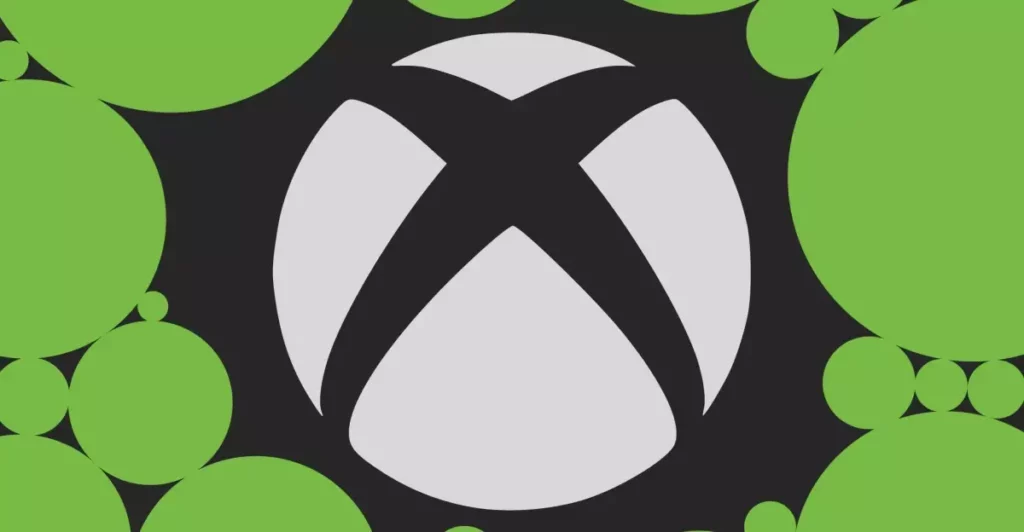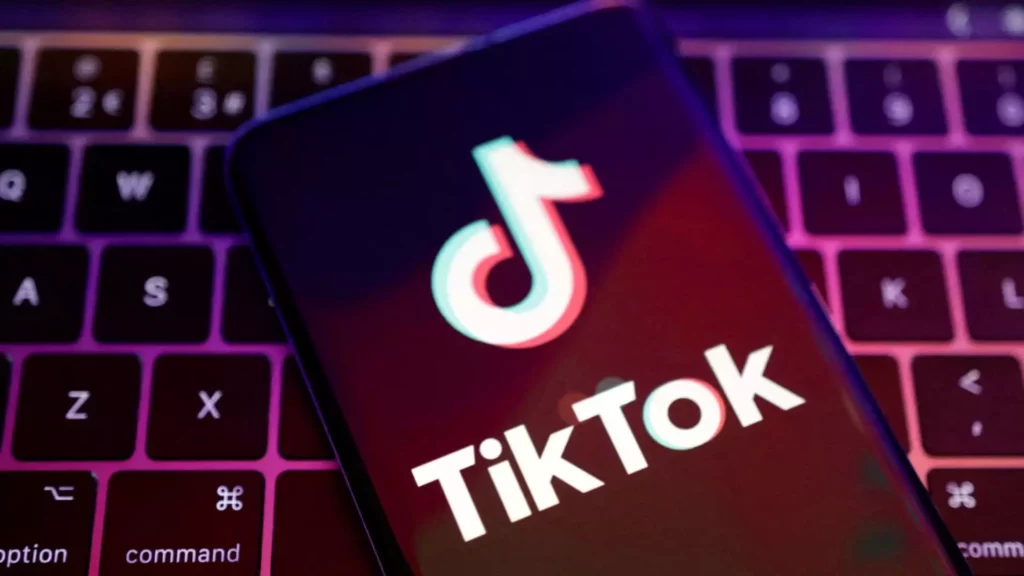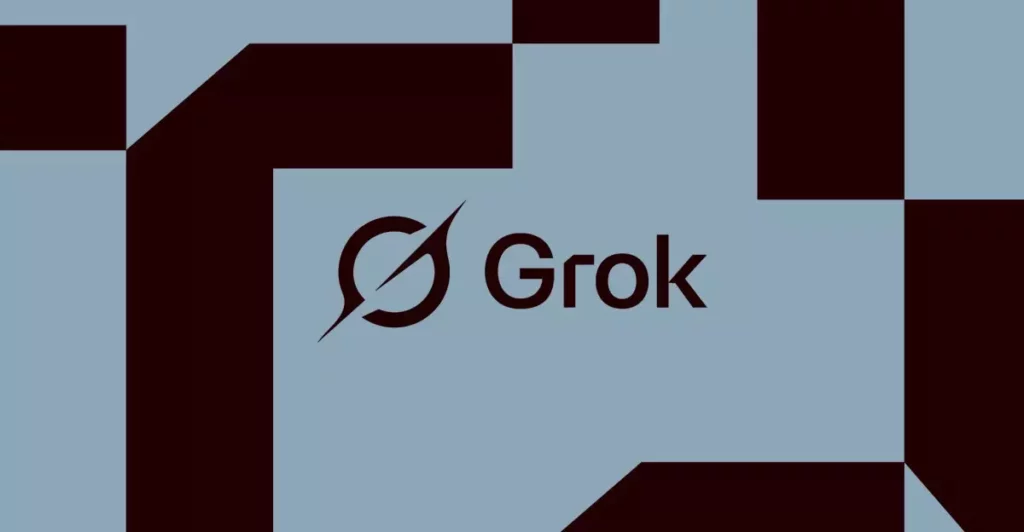In a move that has ignited debates across gaming communities, Microsoft has unveiled a series of price increases that threaten to alienate both casual players and dedicated fans. The company, known for pushing the boundaries of gaming technology, is now taking an unexpected turn that raises questions about its commitment to maintaining a diverse and accessible gaming ecosystem. The price hikes, most notably the jump of first-party Xbox games from $69.99 to $79.99, symbolize a breaching of the social contract between the corporation and its consumer base. Historically, gamers have supported platforms that prioritized affordability and value, but this latest decision could shatter that trust.
The new pricing strategy extends beyond just game titles; it encapsulates an array of changes including a staggering rise in the price of the Xbox Series S from $299.99 to $379.99. The perception of value that has long defined Microsoft’s approach is now in jeopardy, especially as competitors like Sony and Nintendo also adjust their own pricing but with a questionable degree of transparency. When the fundamental costs of entry to gaming, coupled with accessory prices—like the Xbox wireless controller jumping to $64.99—skyrocket, it transforms the hobby from an enjoyable pastime into a financial burden for many enthusiasts.
Seasonal Moves or Strategic Mistakes?
Timing is crucial in the consumer market, and Microsoft appears to be banking on the holiday shopping surge to cushion its pricing changes. While it’s understandable to align new pricing with peak buying periods, this tactic significantly raises eyebrows when viewed through the lens of consumer sentiment. During a time when people are looking for gifts that deliver fun and joy, these price hikes come off as opportunistic rather than strategic. Gamers, many of whom have budgets constrained by economic pressures, may feel not only disenfranchised but also barraged by corporate greed disguised as a necessary adaptation to economic inflation.
Moreover, the slight increase in Xbox Game Pass pricing, which has yet to see a significant modification despite these sweeping changes, serves as a weak consolation prize. For a company that has touted its all-you-can-play model as a revolutionary approach to gaming, it becomes increasingly hard to reconcile how individual game prices can rise while a subscription service remains stagnant. Is Microsoft really committed to providing value, or is it merely trying to offset losses with revenue from consumers it calculates will continue to subscribe, irrespective of core game costs?
A Complicated Landscape for Loyalty
A substantial concern from avid gamers is whether brand loyalty will hold when traditional expectations of value come under fire. Historically, exclusive titles have built a loyal following, yet as prices rise, gamers may become more judicious in their spending behaviors. The once-strong allure of themed franchises and exclusive releases may not be enough to maintain a consumer base if gaming becomes prohibitively expensive. This reality poses an intrinsic risk for Microsoft, which now has to reckon with the possibility of losing market share not only to its competitors but also to the growing trend of mobile gaming and free-to-play models that circumvent hefty entry fees.
Surprisingly, Microsoft’s self-confidence, amplified by claims of being the “top publisher” in preorders and preinstalls, may lead to an increased arrogance that blinds them to the shifting dynamics of consumer sentiment. While it may be tempting to rely on prior success as a compass, there is an inherent danger in failing to engage with a more discerning consumer audience. Gamers have become increasingly savvy, often waiting for discounts or evaluating subscription services that promise more for their money. The question begs—how long can a corporation operate on historic successes without adapting to present realities?
Implications for the Future of Gaming
The broader gaming industry stands at a critical juncture influenced by economic pressures and changing consumer behaviors. Microsoft’s price hikes may be seen as a precursor to similar moves by other major players, complicating the fabric of gaming affordability. The balance between profitability and consumer goodwill has never been so tenuous, and as several gaming companies experiment with their pricing strategies, the need for transparency and tangible consumer benefits grows ever more urgent.
In an environment where gamers are much more alert to the implications of their spending, the decisions made by Microsoft may have lasting repercussions. As the landscape evolves, companies need to ensure that they cultivate a relationship of respect and understanding with their loyal customer base. Gamers are not just consumers; they are stakeholders in an ever-changing digital culture. How will Microsoft respond to this pivotal moment, and will it foresee the backlash brewing just beneath the surface? As the gaming universe braces for what lies ahead, one thing remains clear: gamers will demand better.









Leave a Reply